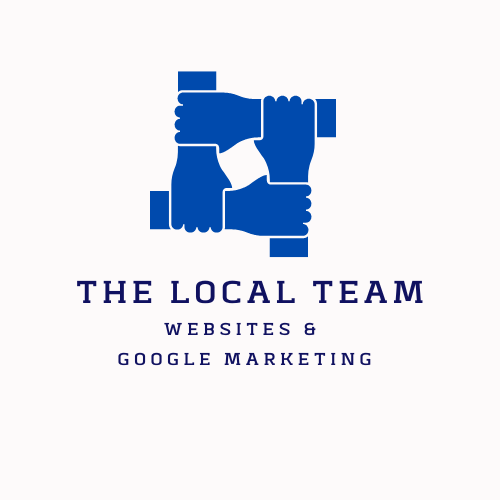
What does web design have to do with ESG? This is the question ESG Global asked Kestin Rossouw, director of The Local Team, and his answers were enlightening.
“We are committed to sustainable business practices and use renewable energy in our offices. We also recycle and compost all waste, to offset carbon emissions,” Kestin says.
From a web design perspective, The Local Team ensures that all websites it develops are accessible to all individuals, including those with disabilities to promote inclusivity.
“We follow the Web Content Accessibility Guidelines (WCAG) 2.1, which are the international standards for web accessibility,” Kestin explains.
This includes:
- Descriptive alt text for images: Alt text is text that describes an image and is used by people who are blind or visually impaired.
- Adding captions and transcripts to multimedia: This allows people who are deaf or hard of hearing to access the content, and it also allows people to access the content in noisy environments or when they are unable to watch or listen to the content.
- Keyboard navigation: Websites are designed so that they can be navigated entirely using a keyboard. This is important for people who are unable to use a mouse or other pointing device.
- Clear and concise language: This makes the content easier to understand for everyone, including people with learning disabilities.
- High-contrast colours: This makes the content easier to read for people with low vision or colour blindness.
Kestin notes that from a good governance perspective, the company is ethical and transparent in its business practices and committed to fair and equitable treatment of all stakeholders, which includes a code of conduct for all employees.
Employees are an important stakeholder for The Local Team, and are provided with training on data privacy and security best practices.
Data privacy and security concerns feature high on the The Local Team’s radar, and the company only collects and uses data for legitimate purposes, such as to provide services to its customers, to improve its services, and to communicate with its customers.
“We do not sell or rent customer data to third parties and we limit the data we collect from customers so we do not collect unnecessary data,” he explains.
“We give customers control over their data and customers can opt out of data collection, request access to their data, and have their data deleted,” he adds.
Energy efficiency
Energy efficiency is also a key theme, particularly in a South African context where power outages are common occurrences. To this end, The Local Team has come up with innovative ways to pass energy efficiency savings on to the client by:
- Optimising images: Images are often the largest files on a web page, so optimising them can make a big difference in page load times.
- Efficient coding: That is free of unnecessary bloat. This helps to reduce the size of the web page and the time it takes to load.
- Using a content delivery network (CDN): When a user visits a website that uses a CDN, the content is delivered from the server that is closest to the user. This can significantly reduce page load times.
- Using a caching plugin: This can significantly improve page load times for users who visit the website frequently.
“In addition to these specific practices, we also keep an eye on the latest developments in sustainable web design and try to incorporate new technologies and techniques into our work as they become available,” Kestin explains.
Here are some additional tips from The Local Team for reducing page load times and improving energy efficiency:
- Minify CSS and JavaScript: Minification is the process of removing unnecessary characters from CSS and JavaScript files. This can reduce the size of the files without affecting their functionality.
- Use lazy loading: Lazy loading is a technique that delays the loading of images and other resources until they are needed. This can reduce the initial page load time and improve energy efficiency.
- Use a lightweight theme or framework: A lightweight theme or framework can help to reduce the size of your website and improve its performance.
- Test your website regularly: It is important to test your website regularly to identify any areas where performance can be improved. There are a number of tools available online that can help you to test your website’s performance.
The Local Team also offers post-development support options, including website maintenance plans for regular software updates, security audits, and content updates; on-demand support; and online training.
 Subscribe to ESG Global newsletter
Subscribe to ESG Global newsletter